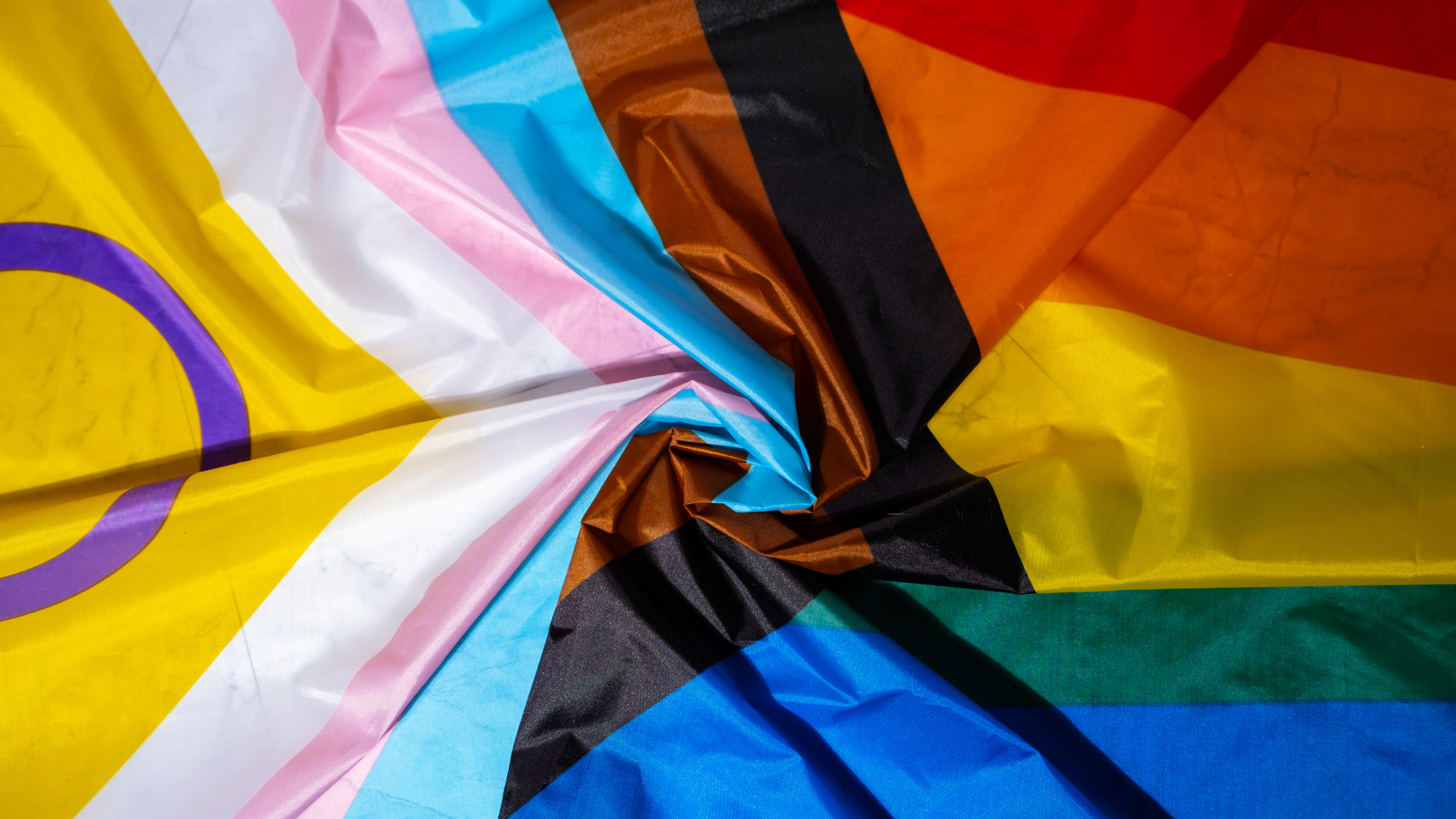With June being Pride month, a renewed focus is on the LGBTQ+ community in the workplace. In many organizations, this presents itself as changing logos to include Pride colors or hosting company-wide Pride events. For many LGBTQ+ members and their allies, this can feel performative, where companies show active support for the month and slowly fade out the rest of the year. For an organization to be truly inclusive, its DEI efforts must include continued solidarity and advocacy for its LGBTQ+ employees throughout the year.
How are LGBTQ+ employees treated at work?
One of the biggest hurdles for LGBTQ+ employees is the lack of representation in leadership. Less than 1% of Fortune 500 CEOs are LGBTQ+ members, with the first female LGBTQ+ CEO joining these ranks not until 2018. The biggest companies with the most prominent voice have minimal representation, inevitably harming their LGBTQ+ employees’ workplace experiences and opportunities for senior leadership. McKinsey's study analyzed the experiences of LGBTQ+ employees and found that:
- Representation of LGBTQ+ women of color dropped off after their first promotion into management and onward. This decline can lead to feelings of isolation and increased pressure for their voices to represent their entire population.
- LGBTQ+ women were more than 2x more likely than straight women to feel unable to discuss their personal life at work.
- 15% of LGBTQ+ women respondents felt that their sexual orientation will negatively hold their careers back, jumping up to 30% of LGBTQ+ men respondents.
Despite the US Supreme Court’s ruling in Bostock v. Clayton County, that discrimination against LGBTQ+ employees violates Title VII in the Civil Rights Act of 1964, bias and mistreatment are still a reality for many. UCLA’s Williams Institute’s study revealed that 45.5% of LGBTQ+ respondents dealt with discrimination – including being let go, not being offered a job, or harassment. 67% of their respondents have experienced negative commentaries and insults at the LGBTQ+ community’s expense. These experiences are problematic for the workplace and prevent LGBTQ+ employees from feeling psychologically safe and able to bring their authentic selves to work.
How can organizations become more inclusive of their LGBTQ+ employees?
Post-2020, many organizations have taken tangible strides in their DEI initiatives. Whether through public statements condemning discriminatory laws or expanding supplier diversity goals to include the LGBTQ+ community, numerous strides have occurred. And yet, DEI is an effort that requires continual cultivation. Deloitte’s LGBT+ Inclusion @ Work report surveyed LGBTQ+ people across industries and geographies to gain insight into their feelings about their organization’s efforts in creating an inclusive workplace.
Here are some promising findings:
- 80% of respondents say their organization has LGBTQ+ initiatives, and almost all of them agree these efforts provide tangible support to LGBTQ+ employees. These efforts range from openly discussing the LGBTQ+ community at work, including LGBTQ+ goals in overall recruitment strategies, and externally expressing support for LGBTQ+ employees.
- 70% of respondents are likelier to stay at their current employer because of their commitment to being inclusive of their LGBTQ+ employees.
These reports are inspiring because they highlight that some organizations are truly walking the walk to support their employees. For those who are looking for ideas to get started, here are some suggestions:
- Invest in Employee Resource Groups (ERGs) – One of the best support systems for marginalized employees is company-sponsored ERGs. These groups create a safe space for employees to share their stories, learn from each other, and deepen their internal network. ERGs are most effective when they include executive buy-in, have an operating budget allocated to them, and curate resources to holistically support employees.
- Respect pronouns and use inclusive language – For many LGBTQ+ employees, using their correct pronouns is essential for inclusion. It helps employees feel seen and supported in their identity and humanizes their experience. Including pronouns in email signatures or desk signage helps normalize proper pronoun usage and shows solidarity across the organization. Applying inclusive language emphasizes that heterosexism is not welcome in a DEI-centric workplace. Shifting phrases like “husband/wife, son/daughter, and congressman”, to words like “partner, child, and lawmaker” makes a huge difference.
- Revisit your health insurance policies – While health insurance is an important workplace benefit, it is particularly critical for LGBTQ+ employees. Healthcare discrimination is a barrier for the LGBTQ+ community, especially in Transgender populations. According to Forbes, one in eight LGBTQ+ people has experienced discrimination from a healthcare or insurance provider. The Center for American Progress’s 2022 survey found that 28% of transgender and nonbinary respondents were denied coverage for gender-affirming care. Barriers also existed for LGBTQ+ respondents seeking coverage for family planning services. With the impact healthcare has on quality of life, ensure that your organization does its due diligence in selecting healthcare plans that are comprehensive and inclusive.
- Bring in allies – As with any marginalized group, having active allies is vital for LGBTQ+ employees. They play a pivotal role in creating space for LGBTQ+ employees to be comfortable coming out and feeling safe at work. Encourage your allies to stand up for LGBTQ+ employees when they see or hear non-inclusive behaviors and offer ongoing opportunities for them to learn and listen to their colleagues. Remind them that while it is not the responsibility of LGBTQ+ employees to be the sole source of their knowledge, active listening is part of practicing effective allyship.
- Offer ongoing learning opportunities to bring awareness and develop support for LGBTQ+ employees. Pride Month is also an opportunity to revisit your DEI learning initiatives. Prioritize
educating your employees on LGBTQ+ issues, history, and their impact on society. These learning moments should reach everyone in the workplace to effectively achieve culture change. It is also important to provide additional learning for people leaders and executives to help them build inclusion and psychological safety within their teams.
Organizations have a responsibility to build a safe and inclusive workplace. This effort is not a checking-the-box exercise - it requires a commitment to humanizing, hiring, supporting, and advocating for marginalized employees. Fostering DEI is one major component of a positive employee experience. Showing up authentically in the workplace is a freedom that not everyone has. Take Pride Month as the beginning of your continual journey to create a culture of belonging for all employees.




